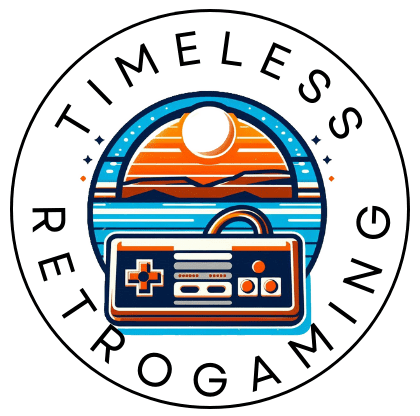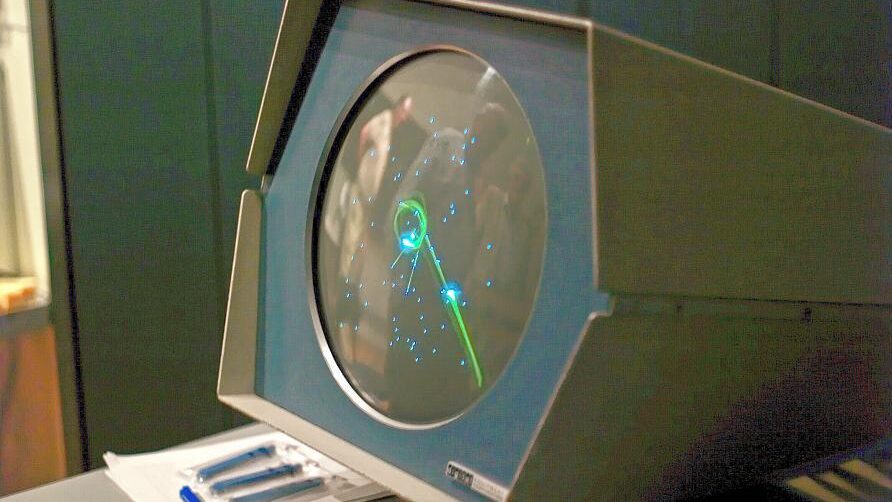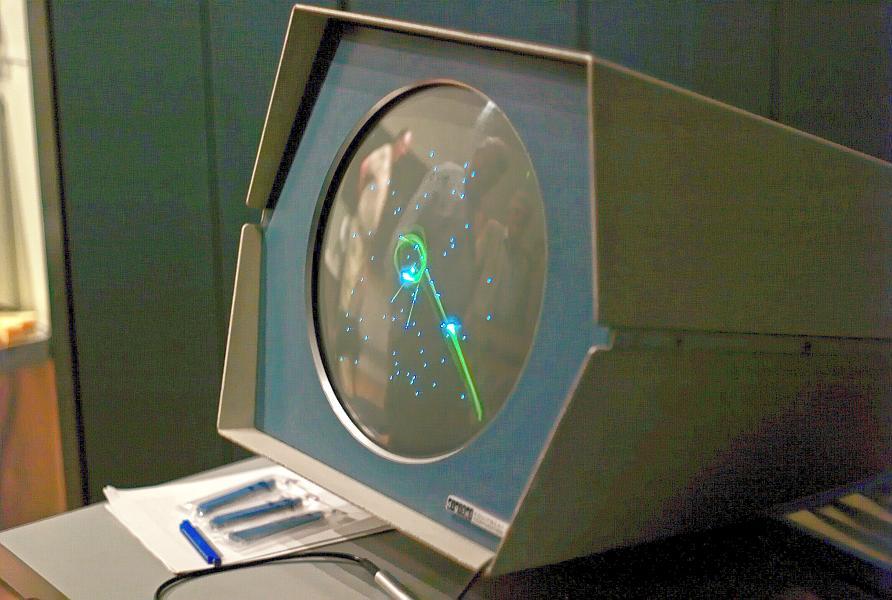
Spacewar! wasn’t just some random brainchild that popped out of nowhere. It was like a cosmic jigsaw puzzle coming together in the early 60s. The MIT guys, buzzing off the post-WWII tech boom, found themselves a fancy computer—the PDP-1—and thought, why not make it do something cool? If you’re picturing a dusty room with a bunch of geeks huddled around a beeping machine, you’re onto it.
The mood was rife with scientific ambition and creativity. The 1960s weren’t all about peace and love—it was the age of Sputnik, the space race, and rapid tech innovation. Universities were the hub of everything advanced, like the internet before the internet, if you will.
Steve Russell, a name history won’t forget, led this whirlwind project at MIT. This wasn’t just coding; it was like wrestling with the core of a nascent art form. Russell and his teammates, including Martin Graetz and Wayne Wiitanen, took the PDP-1 as their canvas, using the blink of mechanical lights to create a window into a new world. These guys were the proto-gamers, laying the groundwork for what we see today, bridging colossal machines and imaginative play.
Before Spacewar!, computers were primarily serious business. You wouldn’t catch folks playing when they could crunch numbers or break codes. But Russell and his team saw potential beyond the mundane and dared to ask, what if games? They transformed the conservative nature of computing into a playful domain, weaving together physics and fun. That’s the vision, my friend.
Making Spacewar! was like catching lightning in a bottle. It wasn’t just a game—it was the unforeseen weird cousin in the computer science family reunion. It marked a transition from computers being calculators to geo-descriptive wonderlands, changing how we interacted with machines forever. This game started a whole new fire, one where we weren’t just users but adventurers exploring digital universes.
The Ingredients of Greatness: Analyzing Spacewar!’s Design
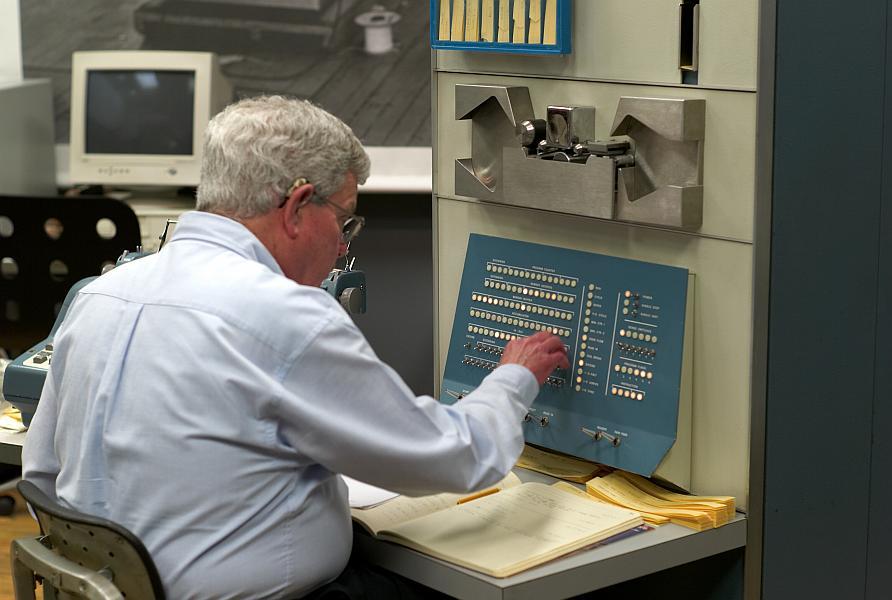
Spacewar! didn’t become legendary by accident. It had some seriously fascinating moving parts. Imagine controlling spaceships in gravity-defying space battles—all of this was tackled in a time when computing power could barely manage Pong-level action. But they did it and did it with flair.
The spaceship duels in Spacewar! were a thematic nod to the fast-growing sci-fi culture of the time. It was almost as if Russell and his crew took the pages of popular science fiction, like Asimov and Clarke, and made them interactive. The ships circled a central sun, which wasn’t just for show. This little detail turned the battles into strategic marvels, thanks to Newtonian physics.
Graphics were anything but pixel-perfect, like when a detective squints through the fog. But back then? Imagine how cutting-edge it felt. Those crude visuals and mechanics were the best kind of simple, sparking imagination and immersion against the backdrop of a black-and-white digital cosmos. It was the stark minimalism that let players dream bigger.
Admittedly, wrestling with hardware limitations was like shooting for the moon with a rubber band. Yet, they used the constraints as a creative launching pad. It’s a lesson straight from the creativeness playbook: work with what you’ve got, and innovation will follow. Using punched tape and machine language, the Spacewar! team made technical wizardry accessible.
Spacewar!’s design laid down gameplay concepts that we still chase after today. They tackled player agency, skill mastery, and unpredictability, elements that remain at the core of gaming culture. It wasn’t just a game, but a blueprint for an entire industry.
While it may seem like a cool story now, understanding these elements can offer game designers some serious knowledge. Staying true to what makes gameplay engaging, and embracing restriction to fuel innovation—these principles began with Spacewar! and still hold hard and true.
Breaking New Ground: The Cultural and Technological Impact
Spacewar! became more than just a game—it was a phenomenon that rippled through university labs and beyond, catching the attention of early programmers and visionaries. Picture a community where creativity was brewed strongly, with passionate discussions about what these new electronic toys could do.
The game inspired a fresh wave of innovation thanks to its groundbreaking nature. Spacewar! not only demonstrated what was possible with computers but also challenged people to think outside conventional boundaries. It was a talking point on college campuses, helping tech flourish as more than just cold calculations and binary code.
There was an undeniable surge of interest in the potential of computer games. Spacewar! was like a spark igniting a prairie fire in digital entertainment. It showed the world that computers could entertain as well as inform. Suddenly, gameplay was about exploring space in a new realm, a magical sphere where your joystick could navigate the cosmos.
Communities sprouted up rapidly, formed by those curious about these early digital adventures. Spacewar! became a core part of this budding subculture, encouraging events and meetups that featured competitive play. People were drawn together by the shared joy of experiencing something entirely new, blending science with sheer entertainment.
By defying the expectations of the time, Spacewar! prepared the stage for what we consider modern gaming culture. It was about much more than the technical feat—it was the birth of an ever-evolving community that continues to grow. Thanks to the likes of Russell and others, gaming took its first steps towards becoming a social hub where players share, learn, and innovate together.
The Echo of Success: Spacewar’s Legacy in Modern Gaming
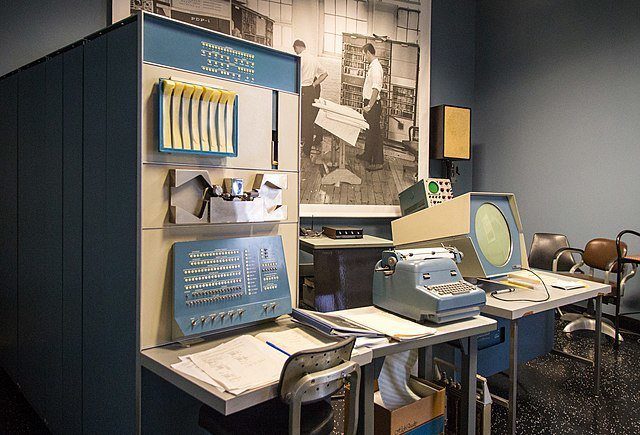
Spacewar!’s influence is like one of those legendary ripples in a pond that just keeps going, affecting what follows in awesome ways. It brought new narrative and technical possibilities to light. Developers who came after took this glimmer of innovation and ran with it, planting seeds for genres we’re obsessed with today.
This game’s influence wasn’t confined to just a select bunch of titles. It was like an idea generator that inspired a whole era of creativity. Concepts from its gameplay and mechanics echo in titles spanning decades, from the nostalgic simplicity of arcade shooters to the complex, sprawling universes in modern open-world games.
For some pioneers in the gaming industry, Spacewar! was their muse, showing them what digital fun could look like. It nudged folks to believe in something more than spreadsheets, leading them to explore this uncharted territory. That’s some serious pathfinding right there, and it’s in the DNA of today’s major game companies.
Elements from Spacewar!, such as strategic combat and player-versus-player dynamics, are thriving in today’s market. Sure, the graphics and interfaces have taken quantum leaps, but the heart and soul of these concepts? Still beating strong. Games like “No Man’s Sky” and “Elite Dangerous” echo that sense of exploration and discovery, showing that the foundation laid by Spacewar! still holds firm.
Beyond just technical impacts, Spacewar! inspired a mindset—a way of thinking about what games can convey. This shift has encouraged developers to keep building on these early ideas, embracing innovation while maintaining the core of what makes gaming experiences compelling.
Milestones and Memorable Moments: Early Video Game Evolution
Time to shine a spotlight on the games that started popping up after Spacewar! pioneered the journey. These classics came with their own twists and turns, carving the path forward in the gaming landscape. Names like ‘Pong,’ ‘Asteroids,’ and ‘Pac-Man’ come to mind, pushing the limits of both design and technology.
The role of universities and early computer centres shouldn’t be overlooked. These were the breeding grounds for innovation where students and hobbyists hacked away at concepts we now take for granted. They served as the first co-op spaces, gathering places buzzing with energy and ideas.
Post-Spacewar!, influential characters and contributors brought their flavour to the scene. Folks like Nolan Bushnell saw the commercial potential, leading to the creation of Atari and the iconic games that followed. These innovators didn’t have roadmaps, just guts and a vision.
Commercial game development made its first serious moves. What started as hobbyist experimentation transformed into serious business. Arcades began dotting the landscape, and with them came the transformative power of digital interactions. It was a celebration of possibility.
These milestones laid the foundation for the massive, multibillion-dollar industry we see today. Lessons from these early triumphs and challenges continue to echo as new creators bring fresh visions to life.
Spacewar! might have kickstarted it all, but this evolution shows gaming was anything but a one-hit wonder. It was a domino effect, with each iteration building upon the last while keeping an eye on the horizon.
Lessons from the Past: Learning from Spacewar!’s Impact
Looking back at Spacewar! gives us some fascinating lessons in innovation and creativity that still hit home today. It wasn’t just a game; it was a moment of transformation that came with some powerful insights.
Spacewar! taught us about economic possibilities in the tech and entertainment fields. By highlighting the potential for gaming technology, it sparked the idea that computers could be for leisure, not just labour. This opened up a whole world of financial opportunities, shaping an industry that’s now worth billions.
Gaming culture as we know it took its first baby steps here. Spacewar! and its successors showed how games could pool people together, forming communities and linking people all over the globe. There was a new social dynamic at play, something that could draw everyone from casual players to die-hard fans into shared experiences.
For modern developers, this game’s journey is an ever-relevant lesson in working with limitations. The Spacewar! team used their restricted resources to push boundaries, suggesting that constraints can fuel rather than hinder creativity. It’s a call for developers today to use what’s at hand imaginatively and challenge norms.
The legacy of Spacewar! is about more than just technical prowess. It taught the gaming world how to craft meaningful experiences, using play as a driving force for innovation and connection. Understanding its impact helps in crafting games that balance nostalgia with forward-thinking concepts.
By reflecting on what Spacewar! and its early offspring accomplished, game designers and enthusiasts can appreciate the roots of their favourite pastime while keeping an eye out for the next big leap forward.
The Horizon: The Future of Gaming Inspired by Past Legends
Looking ahead, it’s clear that the legacy of Spacewar! continues to influence the future of gaming. As we stand on the brink of new technological breakthroughs, the lessons from the past serve as guiding stars.
Take recent trends like virtual and augmented reality. They’re blending physical and digital worlds in ways that even the sci-fi dreams of Spacewar!’s creators might’ve underestimated. These technologies open the door to unprecedented levels of interaction, allowing players to step directly into game worlds.
We’re also seeing the rise of AI in gaming, offering behaviours and procedural generation that make each player’s experience unique. The future seems to be about more personal, adaptive gaming experiences.
Speculation about what lies ahead is buzzing. Discussions about the potential of neural interfaces, eSports evolution, and further integration into our daily lives show how gaming is becoming more immersive. These are the realms where innovators are testing the bounds of creativity and technology.
Yet, while technology forges ahead, grounding developments in what made Spacewar! revolutionary—its spirit of exploration, community-building, and imaginative play—will be key. Gaming’s future will be brightest if it remembers the magic of its origins.
